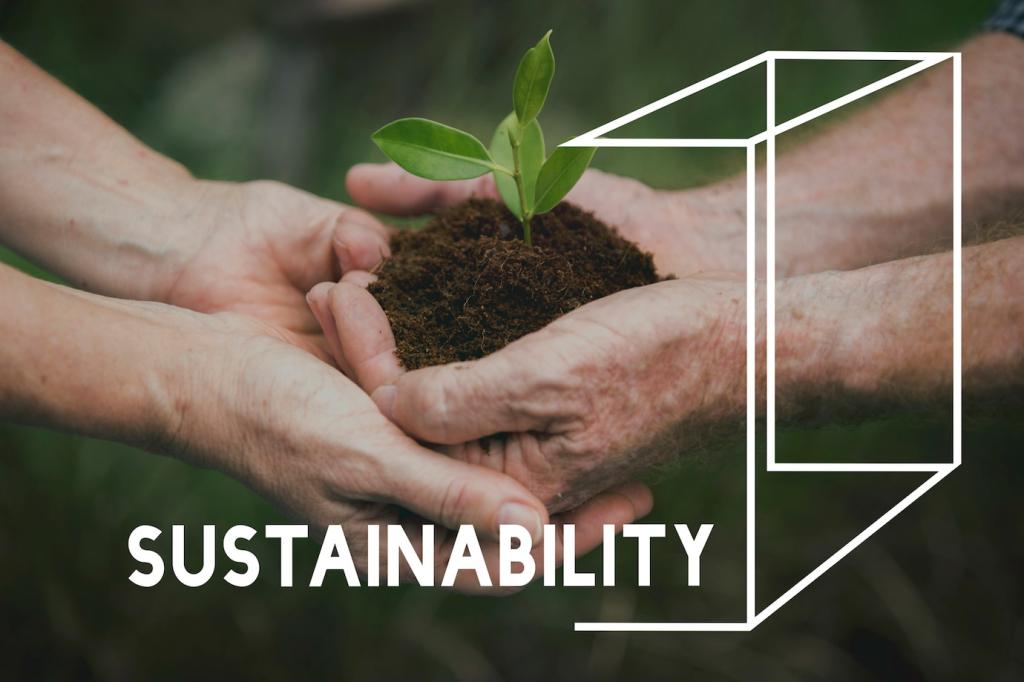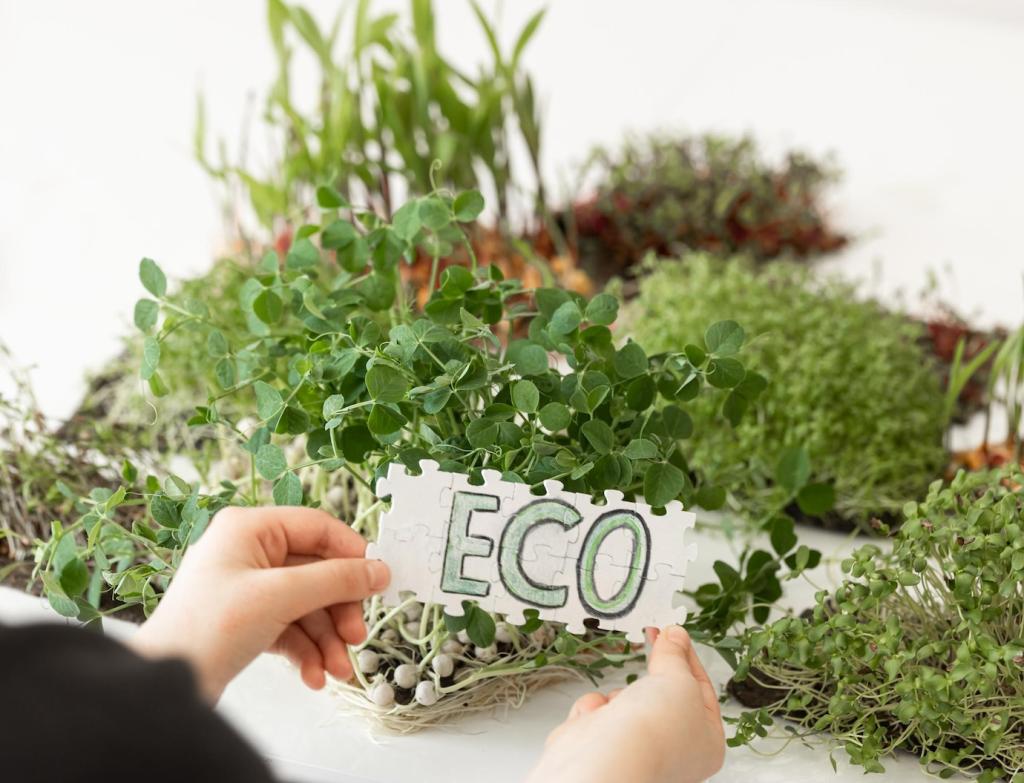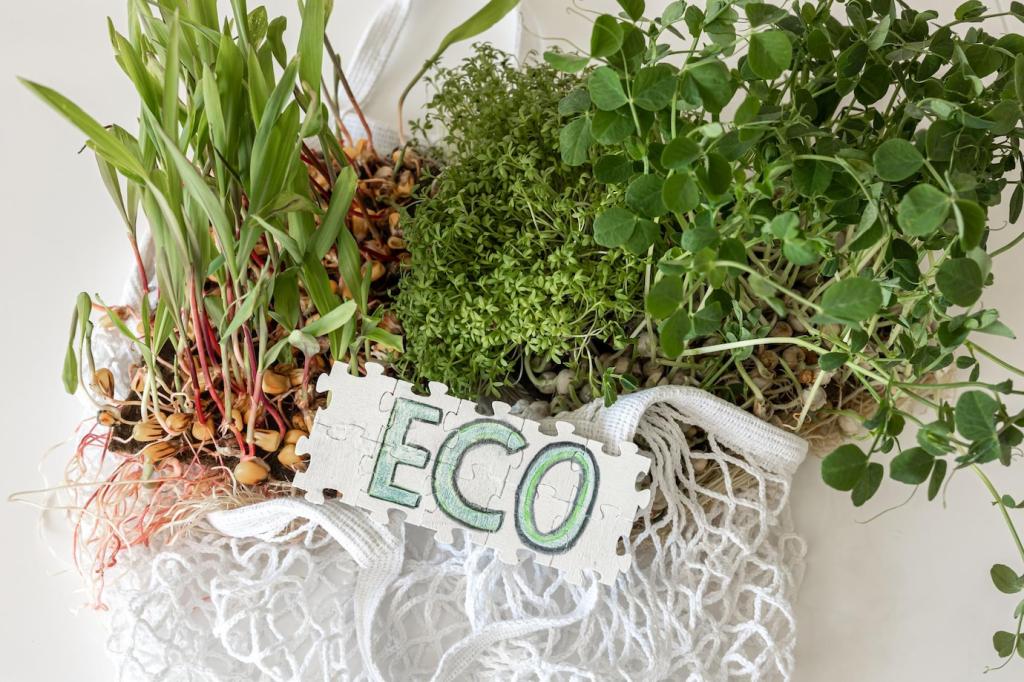Designing for Longevity and Repair
Choose pieces assembled with bolts, dowels, or reversible fittings. Disassembly enables repair, refinishing, and part upgrades—extending lifespan. It also simplifies moving homes, which protects delicate edges and keeps renewable materials in service longer.
Designing for Longevity and Repair
Consider plant-based oils and hardwaxes that nourish renewable fibers while maintaining repairability. A scratch on bamboo or rubberwood should invite a light sand and re-oil, not a full replacement. Your patina becomes part of the story.






